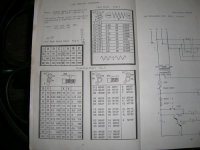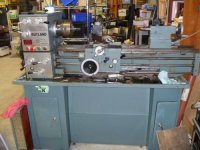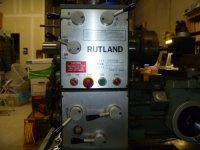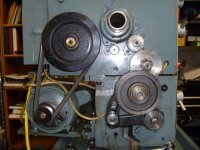adamsgt
Jerry Adams
After making a decision on what the gear diagram meant, I installed the threading gears and tightened all the gears down. I tried to use the method Jackie recommended to check the gear setup but couldn't determine how to rotate the chuck exactly one revolution while the half nuts are engaged. Couldn't turn the chuck by hand and the jog button wasn't fine enough. So I just put the last barrel stub in the chuck and started to cut 16 tpi again. Voilà, success. Didn't finish the thread but cut enough to ensure it was correct.
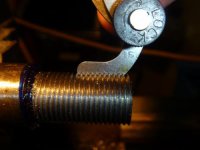
I've printed out the other two threads because there has been so much valuable information contributed by all who responded. Thanks to all of you for your efforts.

I've printed out the other two threads because there has been so much valuable information contributed by all who responded. Thanks to all of you for your efforts.


